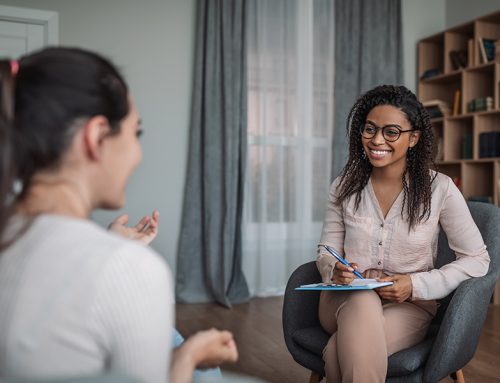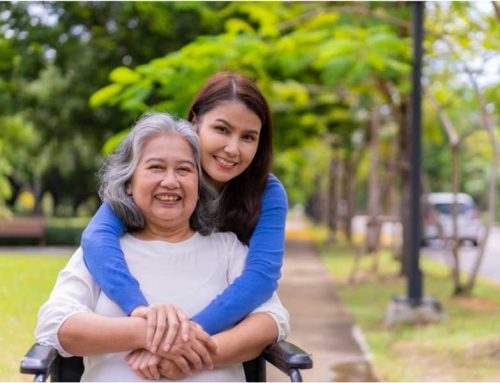If you have read Part I of this article, you are hopefully feeling reassured that you are not alone. Loneliness is extremely prevalent and felt across all age groups. A US study found that as many as 80% of young people under the age of 18, and 40% of those over 65 in the US have reported being lonely ‘at least sometimes’. [1]
When scrolling through social media feeds, it is easy to start feeling like ‘a square peg in a round hole’. It is natural to compare our own situation with the glossy lives we see in the posts of others. But try to remember that people tend to post the narrative they would like other people to see, and this may not be a true representation of what is actually happening. Sometimes those in the glossy pictures are also feeling lonely or insecure.
In Part I we explored some of the research that has been conducted into the theory of loneliness. [1] The purpose of these studies has been to identify successful interventions, but also to inform the planning of services and urban development. The recognition of our need to connect has seen, for example, the inclusion of green spaces, parent and toddler areas, foot and cycle paths and community centres in the planning of new residential areas.
Lifting yourself out of loneliness: How to get started
Through talking with people who have beaten feelings of isolation, researchers are recommending four important ways to combat loneliness. Different solutions suit different people, so try to decide which is most suitable for you.
1) Improving your social skills
This can be a good way to start if you feel you are losing your self-confidence. There are many courses available to help improve and make you feel more comfortable about your social skills. These can include speaking on the telephone, giving and receiving compliments, handling awkward periods of silence, nonverbal communication methods.
Courses are offered on a one-to-one basis (online or in person) or as a group (this in itself can be a good way to start meeting likeminded new people) and aim to help reduce feelings of shyness or self-consciousness and start rebuilding your self-confidence.
2) Seeking out social support
Frontline support is often available, especially to those in particular groups, such as older people who have recently relocated, anyone who has been recently bereaved, or children whose parents have divorced.
3) Cognitive behavioural therapy (CBT)
CBT can be a beneficial and therapeutic way to help you recognise and reframe any unhelpful perceptions you have been building about yourself.
Nowadays, talking therapies like CBT can be combined with online self-help programmes to help change your thinking patterns from negative and fearful to positive and self-supportive, and share techniques to develop healthy coping mechanisms.
4) Increasing opportunities for social interaction
Those sharing solutions that have benefitted them have said that finding new ways to meet people has helped to lift them out of loneliness.
Here are some useful suggestions to help you find ways to do this.
- Start by trying to re-establish old connections with people you have lost touch with. Pick up the phone, send a text or start a new WhatsApp or Messenger group. There are so many ways to keep in touch now.
- Start taking walks around your local area. Make a point of smiling or waving at your neighbours or local acquaintances. In time this will become easier and you may even feel ready to stop and chat.
- When you’re at home, do things you enjoy and try to use your time productively. Listen to radio shows or podcasts, read your favourite book, do a TV workout, find a new (and if possible creative) hobby, such as drawing, colouring, painting or photography. It is important to find ways to take your mind off your feelings of loneliness; this will help to lift your spirits.
- There are many support networks and online forums that specifically exist to help people meet other people and chat with one another. If you don’t feel ready to meet others in person yet, you will find many opportunities online. Brew Monday, organised by The Samaritans, is a good place to start. The main event takes place on 16th January in 2023, but they are encouraging people to hold similar events throughout the year (virtual or in person). You could perhaps plan to hold one yourself?
- You can also look for likeminded people through shared hobby or interest groups. It is easier to chat about things you feel confident about, and build friendships with those you share a common interest with.
- Volunteering is a very good way to meet other people, but also to find a new sense of purpose. You may have a favourite charity – that would undoubtedly welcome your time and support. If not, you could start by joining/creating a local Facebook page. This will help you start chatting with other people in your area and find out about forthcoming community events that you could offer to help out with.
- Befriending can also be a great opening, and is a good example of how you can find a friendly face and some companionship while helping someone else. By finding out more about the people in your local area, you will almost certainly find others who are on their own and would welcome some company. Alternatively, you can volunteer through charities or agencies. Age UK Telephone Befrienders or NHS Responders are a great place to start.
If you can find the courage to make that first step to connect with other people and start making new friendships, there will always be people out there to support you.
Visit the NHS Every Mind Matters website. There is a really comprehensive list of organisations that are there to help you on your way.
Remember: The first step is the hardest but make it your mission to get started today.
References
[1] Theeke, L.A. (2009) “Predictors of Loneliness in U.S. Adults Over Age Sixty-Five,” Archives of Psychiatric Nursing, 23(5), pp. 387–396. Available at: https://doi.org/10.1016/j.apnu.2008.11.002.






Leave A Comment